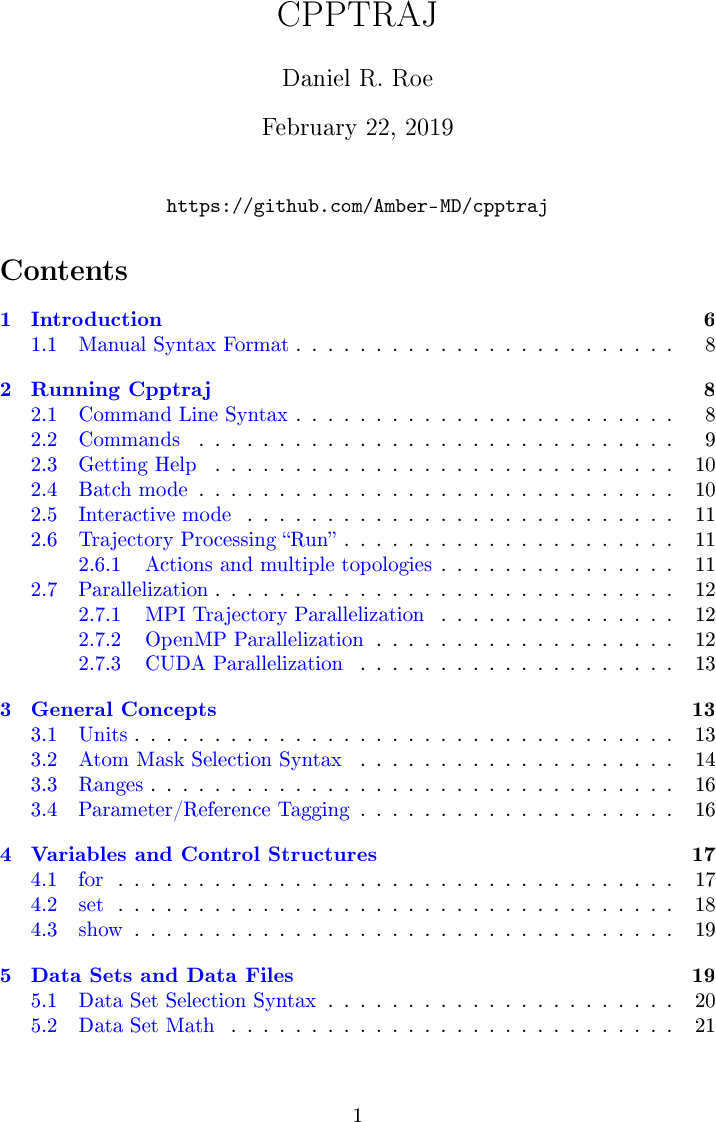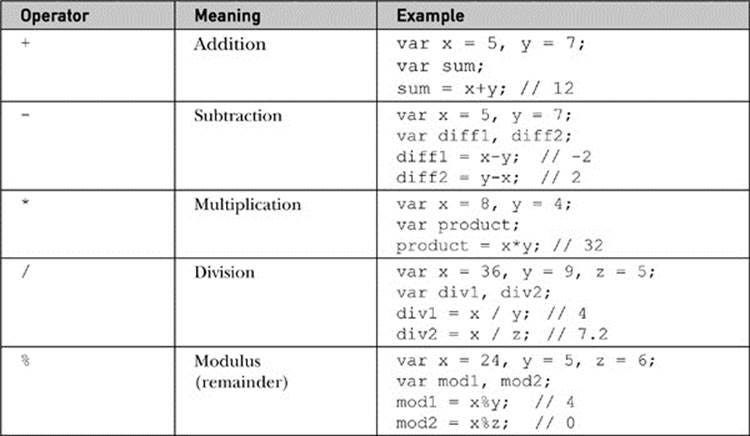The argument passed to this method will be converted to number type implicitly. It truncates (cuts off) the dot and the digits to the right of it, no matter whether the argument is a positive or negative number. With this, you can also format the amounts in tooltips of the chart, not only the 'ticks' in the 'yAxes'. Unlike the other three Math methods: Math.floor (), Math.ceil () and Math.round (), the way unc () works is very simple.
Here's a simple example: on('change:a change:b sheet:opened', function() ) If nothing else, putting all the attribute name strings in one place makes it easier to see if you made a typo.For those using Version: 2.5.0, here is an enhancement for solution. However, since that post was created, sheet worker scripts have been added, which opens up the option of creating a snippet of JavaScript to calculate the exponent, spitting out the value into an attribute you can reference. Both of those regular expression objects represent the same pattern: an a character followed by a b followed by a c. var val Math.floor(1000 + Math.random() 9000) console.log(val) Math.random() will generate a floating point number in the range 0, 1) (this is not a typo, it is standard mathematical notation to show that 1 is excluded from the range). It features a flexible expression parser with support for symbolic computation, comes with a large set of built-in functions and constants, and offers an integrated solution to work with different data types like numbers, big numbers, complex numbers, fractions, units, and. If at least one of arguments cannot be converted to a number, the result is NaN. Math.js is an extensive math library for JavaScript and Node.js. If no arguments are given, the result is Infinity. To understand this example, you should have the knowledge of the following JavaScript programming topics: JavaScript String JavaScript Math random().
String, char, generate Unicode char values from a list of numbers, 2.3.3. Inside this loop, use Math.random() method of JavaScript to generate a random character from the above-specified string variable (A-Z, a-z) by calculating a. However, you can of course multiply an attribute some specified number of times (for integer exponents), and there's even a method of approximating fractional exponents using the available arithmetic, which you can find in the CSS Wizardry thread. Because min() is a static method of Math, you always use it as Math.min(), rather than as a method of a Math object you created (Math is not a constructor). JavaScript: Error processing Javascript: Math.max(2. For single character tokens, letters are treated as math identifiers, and non-alphanumeric. There is no exponent operator or function available to autocalc attributes or macros/abilities. ASCIIMathML.js (ver 2.0): Syntax and List of Constants.




 0 kommentar(er)
0 kommentar(er)
